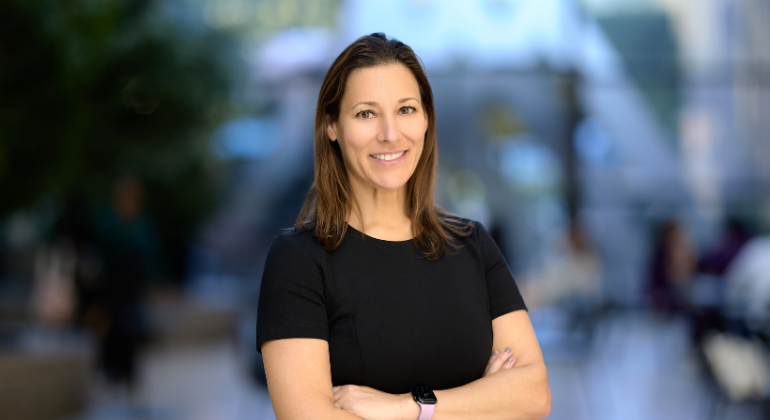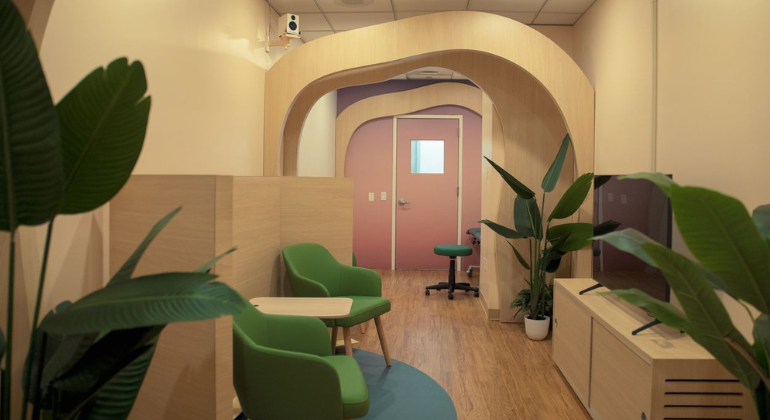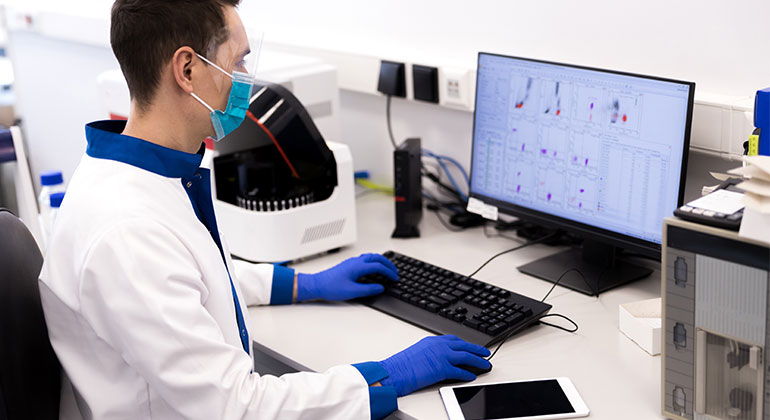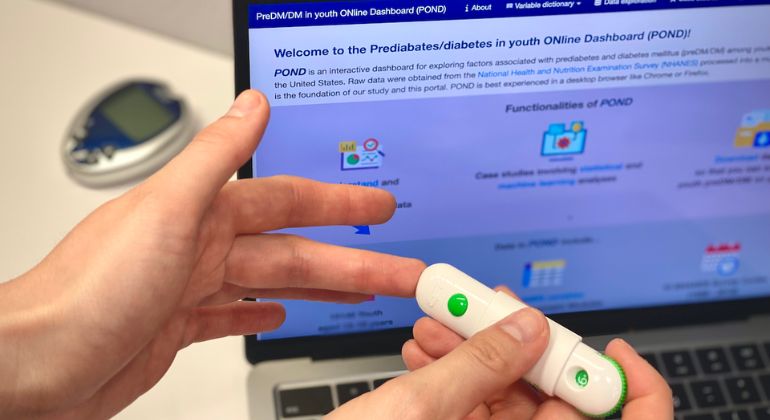Simpler Lifestyle Found to Reduce Exposure to Endocrine Disrupting Chemicals
A fresh foods diet and limited exposure to environmental chemicals in personal health products can reduce risk for adverse health issues.
A lifestyle that features fresh foods and limited use of products likely to contain environmental chemicals has been shown to reduce exposure to endocrine-disrupting chemicals (EDCs)C such as BPA and phthalates, in a small population study. EDCs are linked to a number of adverse health complications including neuro-developmental delays, behavioral issues and fertility problems. They are produced by the millions of pounds per year and found extensively in a range of products that contain certain plastics.
Researchers from Mount Sinai School of Medicine and University of Rochester School of Medicine and Dentistry examined individual behavioral choices and community lifestyle practices, as well as analyzed urine samples, from a group of Old Order Mennonite (OOM) women in mid-pregnancy and determined that they have lower levels EDCs in their systems than the general population. The study is published online today in the journal NeuroToxicology.
Bisphenol A (BPA) and phthalates are part of a group of chemicals known as endocrine disruptors, chemicals in plastic that interfere with the body's endocrine, or hormone, system. They are used at length in a range of products, including clothing, furniture, cosmetics, and medical supplies and are also commonly found in food, water, and dust. EDC exposure can occur through ingestion, inhalation and absorption through the skin.
In addition to neuro-developmental delays, behavioral issues and fertility problems, exposure to BPA and phthalates have been linked to reproductive tract changes, neuro-developmental delays, behavioral issues, obesity, asthma, allergies, fertility problems and heart disease. The effects of EDCs appear to be greatest for the fetus exposed during gestation.
"Bisphenol A and phthalates have been linked to a number of adverse health effects, but because these chemicals are so pervasive in the environment, and we all carry their signatures in our bodies, it's difficult to explicitly identify environmental sources and pathways," said Shanna H. Swan, PhD, Professor of Preventive Medicine at Mount Sinai School of Medicine and senior author of the study. "The Mennonite community provides us with a natural comparison group because they eat mostly fresh, unprocessed foods, farms without pesticides, applies no cosmetics, and uses personal care products sparingly."
Researchers measured the amounts of EDCs in urine samples from 10 OOM women in mid-pregnancy. Study participants also completed a 14-category questionnaire identifying their exposure to risk factors such as personal care products, household products and medications in the 48 hours prior to providing the urine sample. Researchers compared levels of the chemicals in the OOM women to those of pregnant women who participated in The National Health and Nutrition Examination Survey (NHANES), a program of studies by the Centers for Disease Control and Prevention designed to assess the health and nutritional status of adults and children in the United States. NHANES also combines physical examinations and interviews.
Seven out of 10 of the OOM women had detectable levels of BPA and all of them had detectable levels of one or more of the phthalates being tested, but levels were lower than expected. The median BPA concentration in the OOM sample was 0.71 ng/mL compared to a median level of 2.8 ng/mL in the NHANES sample. The phthalate with the highest level of detection was mono-2-ethyl-5-carboxypentyl phthalate (MECPP), primarily exposed to people through soft plastic food packaging. The median concentration in the OOM sample was 9.9 ng/mL compared to the NHANES median of 23.8 ng/mL.
Data from the questionnaire showed that the three OOM women who reported being in a car or truck within 48 hours of providing a urine sample had higher levels of diethylhexyl phthalate (DEHP). DEHP is found in polyvinyl chloride, or PVC, and is used in car interiors. And the one woman who had reported using hairspray and perfume had high levels of monoethyl phthalate (MEP), while the nine other women all had levels of MEP below detection.
"Despite the small sample size of this study, the results are remarkably robust and consistent," said Dr. Swan. "They underscore the degree to which the home environment determines exposure levels to many toxic or potentially toxic chemicals. They also argue for a much greater emphasis on individual lifestyle factors in assessing variations in exposure values that obscure attempts to link health effects to particular chemical agents."
Researchers hope to expand on this pilot study and secure funding to enlist a much larger sample of OOM women, compare their exposure values to women from other communities, and conduct an extensive survey of the kinds of products found in homes.
The study authors from University of Rochester School of Medicine and Dentistry are Camille Anne Martina, PhD, Research Assistant Professor of Community and Preventive Medicine and Bernard Weiss, PhD, Professor of Environmental Medicine.
About The Mount Sinai Medical Center
The Mount Sinai Medical Center encompasses both The Mount Sinai Hospital and Mount Sinai School of Medicine. Established in 1968, Mount Sinai School of Medicine is one of the leading medical schools in the United States. The Medical School is noted for innovation in education, biomedical research, clinical care delivery, and local and global community service. It has more than 3,400 faculty in 32 departments and 14 research institutes, and ranks among the top 20 medical schools both in National Institutes of Health (NIH) funding and by U.S. News & World Report.
The Mount Sinai Hospital, founded in 1852, is a 1,171-bed tertiary- and quaternary-care teaching facility and one of the nation's oldest, largest and most-respected voluntary hospitals. In 2011, U.S. News & World Report ranked The Mount Sinai Hospital 16th on its elite Honor Roll of the nation's top hospitals based on reputation, safety, and other patient-care factors. Of the top 20 hospitals in the United States, Mount Sinai is one of 12 integrated academic medical centers whose medical school ranks among the top 20 in NIH funding and U.S. News & World Report and whose hospital is on the U.S. News & World Report Honor Roll. Nearly 60,000 people were treated at Mount Sinai as inpatients last year, and approximately 560,000 outpatient visits took place.
For more information, visit http://www.mountsinai.org.
Find Mount Sinai on:
Facebook: http://www.facebook.com/mountsinainyc
Twitter @mountsinainyc
YouTube: http://www.youtube.com/mountsinainy
About the Mount Sinai Health System
Mount Sinai Health System is one of the largest academic medical systems in the New York metro area, with 48,000 employees working across seven hospitals, more than 400 outpatient practices, more than 600 research and clinical labs, a school of nursing, and a leading school of medicine and graduate education. Mount Sinai advances health for all people, everywhere, by taking on the most complex health care challenges of our time—discovering and applying new scientific learning and knowledge; developing safer, more effective treatments; educating the next generation of medical leaders and innovators; and supporting local communities by delivering high-quality care to all who need it.
Through the integration of its hospitals, labs, and schools, Mount Sinai offers comprehensive health care solutions from birth through geriatrics, leveraging innovative approaches such as artificial intelligence and informatics while keeping patients’ medical and emotional needs at the center of all treatment. The Health System includes approximately 9,000 primary and specialty care physicians and 10 free-standing joint-venture centers throughout the five boroughs of New York City, Westchester, Long Island, and Florida. Hospitals within the System are consistently ranked by Newsweek’s® “The World’s Best Smart Hospitals, Best in State Hospitals, World Best Hospitals and Best Specialty Hospitals” and by U.S. News & World Report's® “Best Hospitals” and “Best Children’s Hospitals.” The Mount Sinai Hospital is on the U.S. News & World Report® “Best Hospitals” Honor Roll for 2025-2026.
For more information, visit https://www.mountsinai.org or find Mount Sinai on Facebook, Instagram, LinkedIn, X, and YouTube.
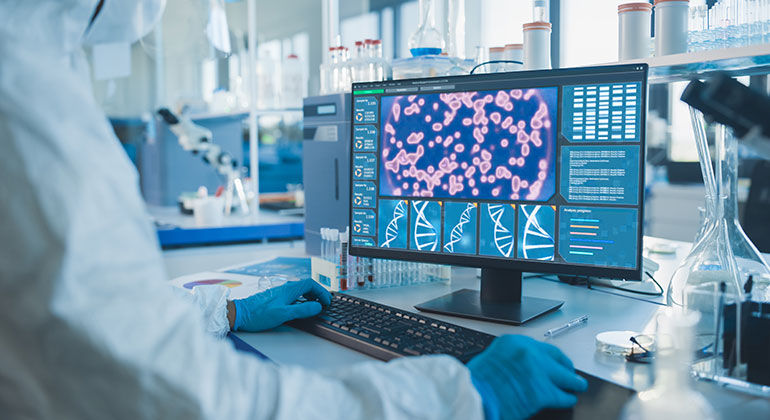
Prenatal and Childhood Lead Exposure Linked to Faster Memory Decay in Children
Jul 09, 2025 View All Press Releases
Mount Sinai Parenting Center Receives Grant From the Bezos Family Foundation
Mar 04, 2025 View All Press Releases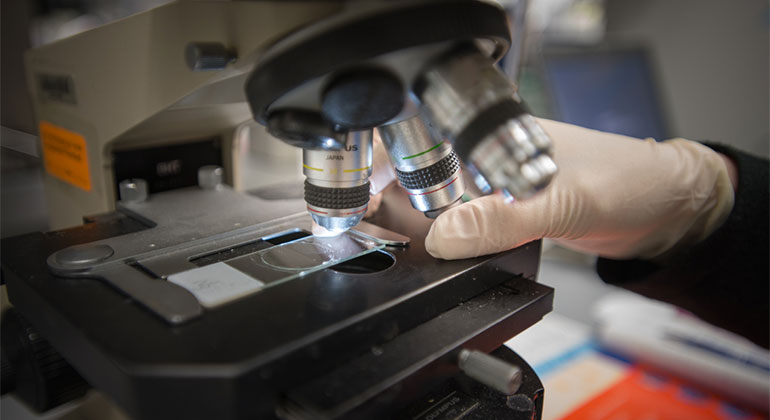
Changes in Microbiome Predict Risk for Sexually Transmitted Disease
Jan 15, 2025 View All Press Releases
